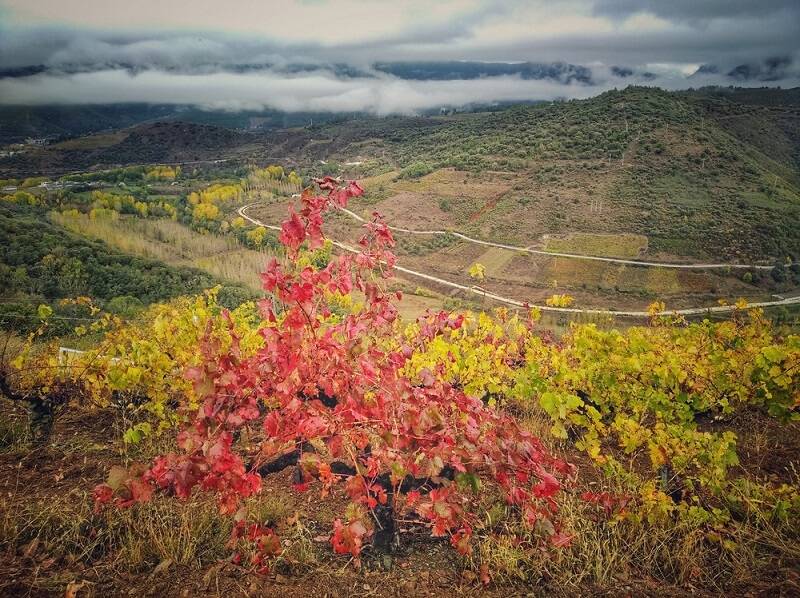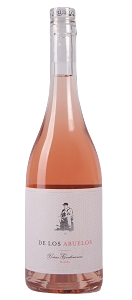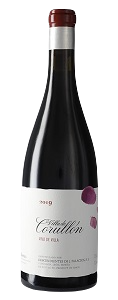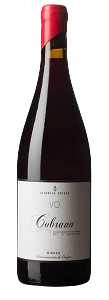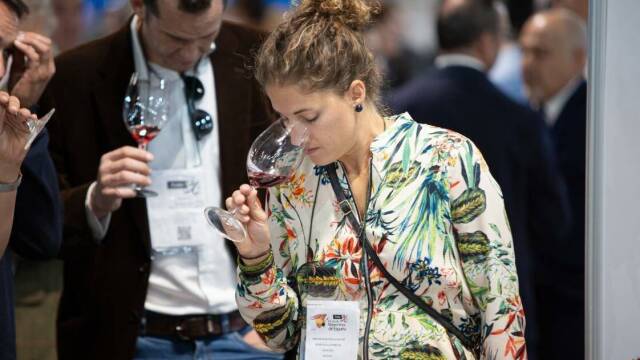The category of Vinos de Villa in Bierzo is still very young and still lacks more actors, although those who are there are relevant and bring meaning to this division. Amancio Fernández, winemaker at Losada Vinos de Finca, believes that all the towns and places still have to develop and see which of them end up earning that distinctiveness that justifies a higher price for the wine. It is true that, over time, some villages and certain places will gain prominence, while others will fall into oblivion to the point that no one will want to mention them on their labelling.
Conceptually, the idea of Vinos de Villa is frankly interesting. In essence, this category seeks to describe a district, a municipality or a group of municipalities with the grapes that its specific environment provides and also with its more specific influences of soil and climate. For this reason it is possible to dive into the singularities of the different villages, although often we do not know for sure whether these differences are given by the soil or the hand of the winemaker.
If there is one place where it is worth making a zonal differentiation, it is Bierzo, especially because of the area's prevailing smallholdings, the different influences that exist depending on the area, the orientations and the layout of the vineyards in valleys, hills and slopes.
There are currently 16 bottled Villa wines in the Bierzo appellation which in their own way describe Ponferrada, Camponaraya, Otero de Torai, Valtuille (Valtuille de Abajo and Valtuille de Arriba), San Pedro de Trones, Villafranca del Bierzo, Corullón, San Pedro de los Olleros and Congosto.
Today we bring you some of these wines that have passed through the glass of the tasters of the Peñín Guide and that show excellent qualities, some of which come from their place of origin and others from their producer:

 Log in
Log in

